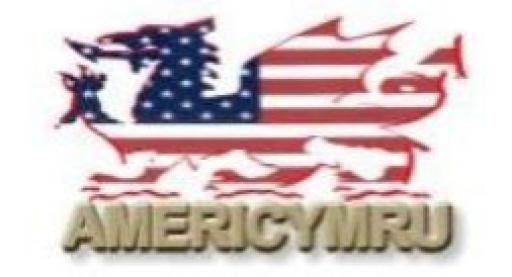Fly the Red Dragon not the Union Jack says author

His comments appear in a new comprehensive history of the iconic Welsh flag published by Y Lolfa– the publishers who recently launched little Red Dragon flag stickers for motorists to place over the Union Jack flag on the newly designed driving license.
‘Flying the Union Jack means always, in the final analysis, deferring to Westminster and airbrushing Wales from the picture.’ says Sion Jobbins ‘Where we have the Union Flag – such as the Olympic Games in a few months’ time, we’ll see that Wales is invisible and doesn’t exist. To fly the Union Jack is to agree ultimately that our Welshness can only by in the image allowed within Westminster rule and sensibilities.’
The book details the story behind one of the world’s most distinctive flags and Wales’s greatest symbol. Jobbins also makes some very interesting discoveries. Readers may be surprised to know that the popular flag was only made the official flag of Wales in 1959. Jobbins recalls campaigns to have the Welsh flag recognised had included local nationalist activists and Bangor students climbing up the flag pole on Caernarfon Castle’s Eagle Tower on St David’s Day in 1932 to tear down the Union Jack.
The vast majority of Welsh people may also be unaware that the official flag of Wales in the 1950s was not the one they now know and love. Rather, it was the ‘Welsh Office’ design which was the official flag. It was only following a mass campaign lead by the Eisteddfod Gorsedd in 1958 that the Cabinet decided in 1959 in that the familiar and popular flag would, at last, be the official flag.
Jobbins also suggests 28th of May be the ‘Flag Day’ of the Red Dragon as it was on this day in 1865 that the first recorded flying of the flag in its modern incarnation was made. The flag was flown aboard the Mimosa ship as it sailed from Liverpool with the first settlers for the Welsh colony in Patagonia.
Sion Jobbins was born in Zambia and raised in Cardiff and is also the author of the popular book ‘The Welsh National Anthem: its story, its meaning’ also published by Y Lolfa.
The Red Dragon – The Story of the Welsh Flag is full of photographs, cuttings and illustrations and sure to appeal to both visitors to Wales and locals alike and is keenly priced for the impulsive buyer.
The Red Dragon - The Story of the Welsh Flag by Siôn Jobbins (£3.99, Y Lolfa) is available now from all good bookshops.
















The origins of the Welsh flag go back to Henry VIII, and is well documented. However, the origin of the Red Dragon as stated by DR. William Crampton, referenced as the source for the book, has many errors. It was Merlin, not Uthyr, and it was not a vision, it was an eye-witness account. The year was 562AD, and many cultures reported seeing the dragon pass close to Earth, breathing fire. Of course it was a comet, and although the Chinese, Romans, British, and many other cultures reported the event, and the devastation, it was depicted as a dragon. Here is what the British (Welsh) depicted.
I don't dispute the accuracy of much of what you say here but I fail to see the significance of the date 562AD. As you will see from the article linked below the first recorded usage of the Draco by the Romans was several hundred years before that date. Sarmatian (and other) heavy cavalry units are known to have been stationed in Britannia prior to 562 and the Sarmatians may well have been using this standard for hundreds of years before that:-
"It is not documented when exactly the draco was adopted as a normal standard for all troop types. However, sources mention the draco being used with the infantry. The Historia Augusta mentions that the mother of Severus (193-211 AD) dreamt of a puple snake before his birth, something very alike what we later hear of the Imperial standard [3] . But since this source was probably compiled later, we can't be sure this has any bearing on a dating. We are on more solid ground with the entry of the reign of Gallienus (253-268 AD), when legionary troops are said to have paraded with a dracon amongst the standards of the legions [4] and the troops of Aurelianus (270-5 AD) also had draconarii amongst the standard-bearers [5] . This may lead us to conclude that the infantry began using dracos during the late 3rd c. On the Arch of Galerius, which was built before 311 AD to commemorate Galerius' war against Persia in 290 AD, several dracos can be seen to his left and right, carried by infantry as well as cavalry (see the image above, 2nd from right)."
http://www.fectio.org.uk/articles/draco.htm
Just got the book in the mail...will write up a review or discussion piece in the next few days
Cymru Am Byth!